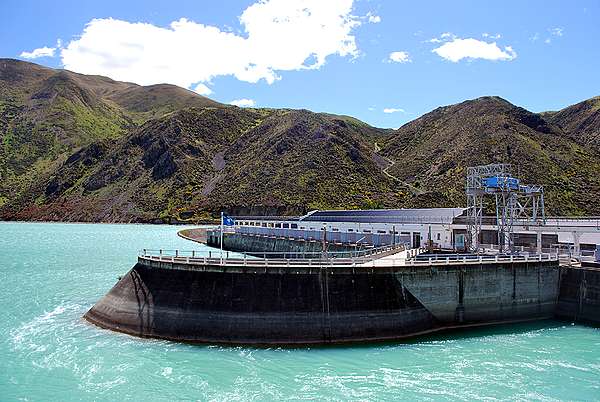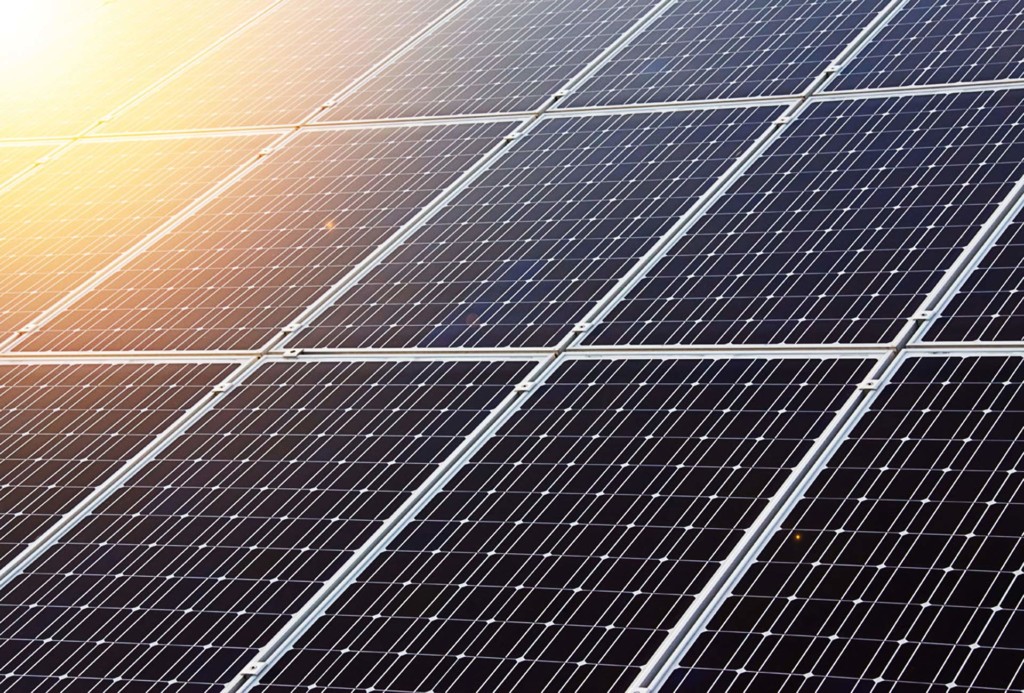Meridian Energy has been caught red-handed ripping off New Zealanders, for its own gain.
According to the Electricity Authority’s preliminary ruling, Meridian – one of New Zealand’s biggest power companies – manipulated the energy market for their own gain. The electricity giant, which markets itself as clean and green, caused an estimated 6,000 tonnes of greenhouse gas emissions to unnecessarily pollute our atmosphere, contributing to climate change. And the company’s actions cost energy users $80 million”.
What did Meridian do wrong?
Meridian operates some of the country’s largest hydroelectric power plants. Built decades ago by our ancestors, these power plants are cheap to run when there’s plenty of water in the hydro lakes.

You might remember there was a huge downpour and flooding on the South Island in December 2019. During extreme conditions like this, hydropower companies are allowed to spill some water to keep lake storage levels under control.
But what if the power company uses the opportunity to spill more water than they actually need to? This is what Meridian has been caught doing. And that kind of behaviour looks like market manipulation, which costs both the climate and New Zealand households.
Why would Meridian spill water?
It all comes down to the way our energy market works. New Zealand’s electricity is mostly made from hydro, geothermal, a bit of wind, gas and coal. Renewables are cheap to run because they have no fuel costs. Once the plant is built and paid for, the power is very low cost. Coal and gas plants, on the other hand, are expensive to run because you have to maintain a constant supply of fuel, brought in from other parts of New Zealand or from overseas.
Power generators bid into the wholesale market to match the country’s demand for power with supply. When there’s plenty of water in the hydro lakes, the coal and gas generators can’t compete because their power is too expensive. So the wholesale price stays low. But, when demand for power increases or when the supply of cheap power runs out, that’s when the coal and gas plants can bid.
The problem comes about because of the way the pricing works. Once the expensive coal and gas bids into the system, the power companies get to charge that higher price on all electricity. That includes the stuff they produced at very low cost in the hydro dams.
A power generator’s profit is the difference between what it costs to make the energy compared to what they’re getting paid to sell it. And when coal and gas are firing, that profit margin can get pretty big for the companies that mostly generate using hydropower.
This system creates a perverse incentive for companies that run low-cost hydro dams, like Meridian Energy, to want to see dirty fossil fuel plants firing. The company has been accused of deliberately spilling more water than necessary in order to reduce the hydropower supply and, thereby, require fossil fuel power to fill the gap.
Is Meridian’s water spilling scandal a one-off?
The sad news is that Meridian probably would have gotten away with all of this if it hadn’t been for a group of seven small, independent electricity companies who made a complaint. This kind of market manipulation is very hard to prove, which explains why it’s taken the Electricity Authority seven months to investigate. But, with perverse incentives built into the system, it would be very surprising if this was a unique occurrence.
Are the other power companies just as bad as Meridian?
Meridian isn’t the only company that benefits financially from keeping coal and gas burning when we don’t actually need it. Sadly, all of the big generators win from this strategy. And that is a very likely explanation for why we don’t have more solar and wind power in New Zealand.
You might remember that Genesis Energy was due to close its coal-fired units at the Huntly power station back in 2018. Instead, they chose to extend its life until 2030. In fact, in the summers of 2018/19 and 2019/20 – when the coal units should have been closed – Huntly was burning record amounts of coal. So much so that they had to import coal from Indonesia. Power prices skyrocketed and you might have noticed an increase in your electricity bill since.
You might also remember that those were two of the hottest, driest, sunniest summers on the North Island. And Genesis was burning coal in the middle of the day. What if, instead, we’d had solar panels on our office buildings, schools and homes? What if we’d been able to capture the abundant energy of the sun with solar plants in Northland and the Hawke’s Bay? We would have been making clean, low-cost energy instead of burning expensive coal.
So far, we’ve met just four percent of our solar potential in New Zealand, while the rest of the world is moving faster to seize the power of the sun.
Our national grid operator, Transpower, calls this phenomenon “investment gridlock”. Basically, our power companies have no incentive to build new solar plants and wind farms or to help us install these technologies at home. That kind of power is cheap to run and outcompetes coal and gas. In other words, it causes wholesale prices (and customer bills) to stay low – and power company profits too.
It’s no secret that our energy system is broken. It’s unfair, it’s inefficient and it’s blocking us from adopting solar, wind and smart new technology that will help us look after the climate and New Zealand families.
How can we fix the energy system?
What if we could give people back control over their energy, so they’re no longer held to ransom by the large power companies? What if we had more choice, so that we didn’t have to grit our teeth every time we paid our power bill?
The good news is that the technology exists for us to be able to make our own energy from the sun, wind and water. Communities on the windy west coast could be generating their own energy from a local wind farm, which they all own a stake in. Households could be soaking up the rays of the sun and storing them in home batteries to use whenever it’s required. We could have solar panels on our schools, marae and public buildings, powering essential services and gifting back any excess power to those in need.
Right now, the rules governing our energy system make this much harder than it should be. Our power system is a complex web of rules set up to try and manage a partially-privatised market made up of a small group of big companies who run massive power plants. But those rules are out of step with new technology and need to be updated. They’re stopping us from adopting the kind of technologies that people want – technologies that are clean, fair and affordable.
Greenpeace produced a discussion paper with recommendations for how the Government can rewire the rules to catch our energy system up with the times. That’s the nerdy stuff. The exciting stuff is imagining what our energy system would look like if our Government committed to back solar and wind for households and communities.
Over in Australia and in many other countries, the Government is supporting people to install solar through grants and loans. As Victoria State’s Premier, Daniel Andrews, explains: “We can’t afford to go back and buy [privatised] power stations, instead we’ll put a power station on everybody’s roof.”
We’re calling on the New Zealand Government to solarise half a million homes, for starters.
Join in and help take the power back by signing the petition now.

Join our call on the Government to solarise New Zealand and power our homes, transport and businesses with clean solar energy.
